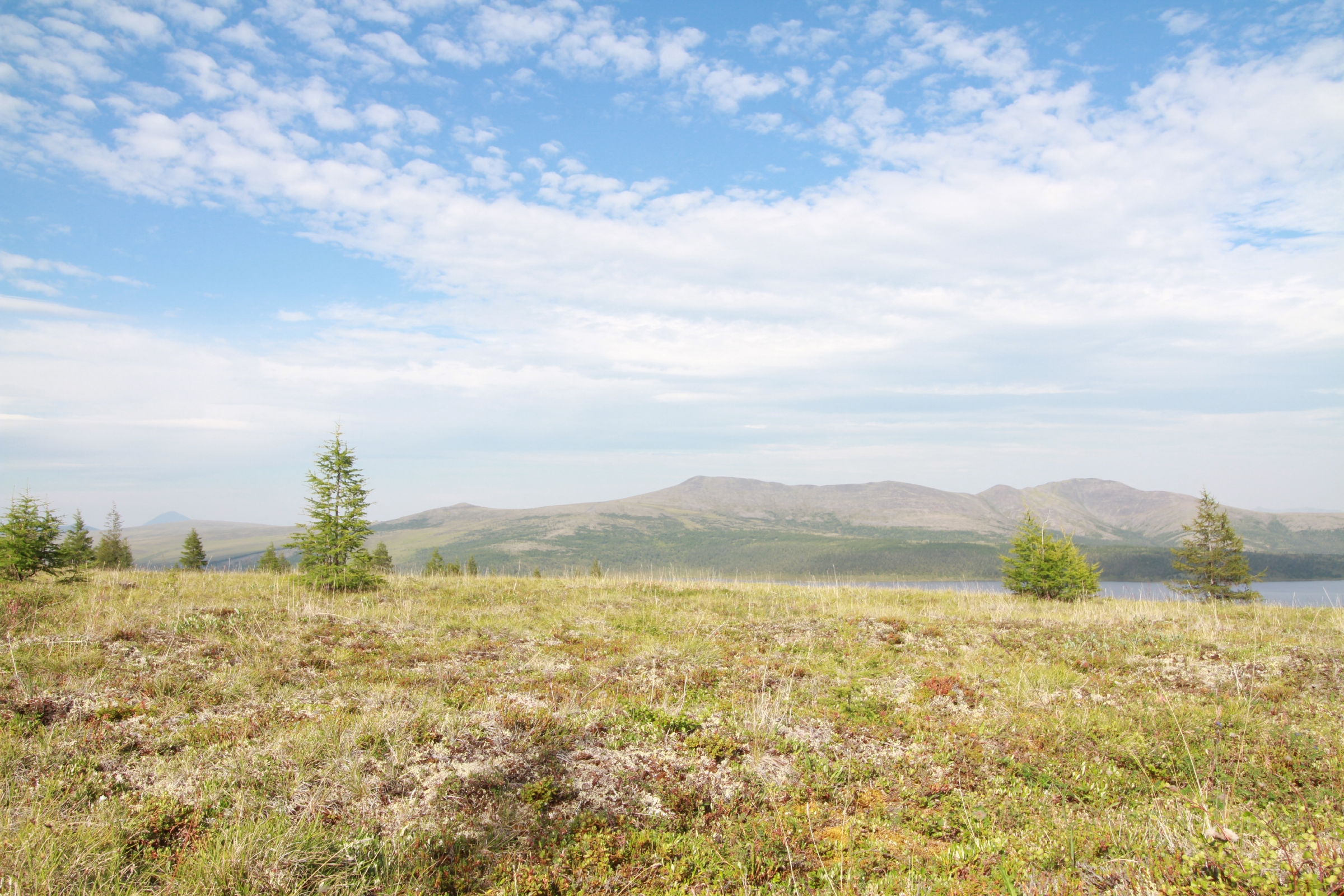How encroaching trees could pose a serious long-term threat to Arctic tundra
New modeling down to the individual tree level shows vast losses of tundra in northern Russia as larches and other boreal species move in.

As the Arctic heats up, forests that are migrating northward could displace vast stretches of tundra in the Russian Arctic — under some scenarios, enough to threaten the biodiversity of tundra ecosystems and their potential for recovery for centuries to come.
That’s according to a detailed new report by German researchers Stefan Kruse and
Ulrike Herzschuh published last month in the journal eLife. The scientists used a powerful new model to simulate the northward movement of larch in Siberia at the level of individual trees through the year 3000.
One of the surprising results they found is that despite initially very slow migration rates, northward tree migration “can pick up speeds and in the end even overshoot climate warming,” said Kruse, a postdoctoral research at the Alfred Wegener Institute. “And trees that are established in the north — they do not retreat as quickly as they came.”
And tundra ecosystems cannot simply retreat further north, because the Arctic Ocean functions like an impassable wall: “If the species reach this border, they cannot pass it,” Kruse said.
One upshot of this is that even under relatively moderate climate scenarios, tundra in Siberia will shrink to just a fraction of its current extent — and what remains will be divided into two distinct areas, or “refugia,” putting further pressure on biodiversity and increasing the risk that some tundra species will go extinct.
It might seem like more trees in the Arctic would help sequester more carbon, thus helping slow climate change — and indeed northern boreal ecosystems do sequester a bit more carbon above ground, in the bodies of trees, than their tundra counterparts. Unfortunately, that’s more than offset by other changes. For example, forests seem to insulate northern permafrost and soil during winter, accelerating its thaw compared to tundra areas where it can better refreeze during cold winters. More forests also mean more potential for devastating wildfires, such as those that have ravaged Siberian forests further south.
Because the study specifically modeled terrain in the Russian Arctic and focused on larch, the main tree species at the tundra-taiga ecotone there, Kruse was reluctant to generalize from his and his colleagues’ findings there to the treeline in North America, where terrain is different and the dominant tree at the ecotone is instead black spruce. Still, he said, a similar pattern of tundra diminishing into smaller pockets with similar results appears likely.
The findings suggest two ways of conserving enough tundra to ensure its long-term resilience, Kruse said. First, conservationists can define specific areas and networks of areas in need of protection and work to stop trees from invading them. That’s likely to be costly, and might only provide protection as long as humans actively work to hold back trees from moving in.
The second, of course, is to take better measure now to reduce global warming.
“Every decimal degree is important,” he said, now and for the next thousand years.



